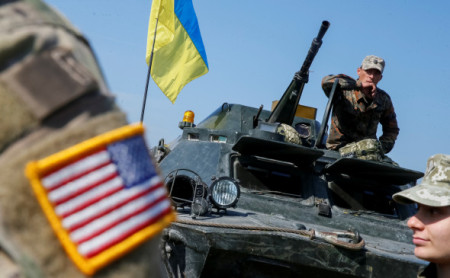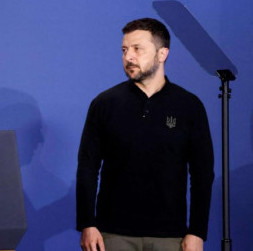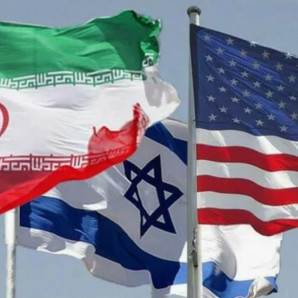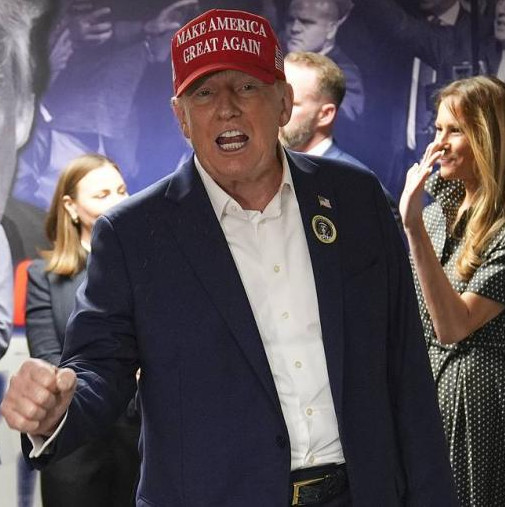
In my personal opinion, the Occam's razor methodological principle that prescribes choosing the simplest of all the explanations of facts and phenomena, has been grossly violated by the expert and journalistic community as regards the situation in Ukraine. Everything is mixed up and ambiguous, smelling like cheap conspiracy cologne.
Why does Washington, in its current global-democratic reincarnation, needs Kiev at all? The answer is far from obvious. Yes, America’s political control over Ukraine was declared a foreign policy imperative under schizophrenic Brzezinski, because the successfully accomplished crusade against communism left acute fear about a possible reintegration of the post-Soviet world’s two major powers — Russia and Ukraine. Even as Moscow was long run by those obviously or naively but sincerely wrong-headed, i.e. " we-did-nothing-bad" US agents for change. And they also did forget the Memorial human right organization, which got busily engaged in practical decommunization. And today you watch the set-ups in the "Biden and Zelensky: Two Fighters" thriller movie and ask yourself Hamlet's question: “What's Hecuba to him, or he to Hecuba?”
Other times, with or without meaning to, certain events do contribute to radically clarifying things and once again proving the validity of Occam's razor tool cutting out "crazy, complicated constructions". Ranking among events of the kind were damned silly congressional disputes about ways to provide military assistance to both Israel and Ukraine: in one package or independently.
Let’s spare the unnecessary particulars though. The point is that the discussion has exposed the true motive of America’s enormous aid to Kiev. Here is the truth with nuances broken down.
1. Amid China's rise, retained US global economic leadership is next to impossible without another— and long overdue — industrial modernization.
2. The situation is quite decent in this area. Present-day industrial construction, for one, is the most dynamic and fastest growing sector of US economy. But there is a rotten sphere, which is the military-industrial complex. 30 years of post-cold-war peace brought no dividends to either the United States or its European allies, with their arms barons having become impoverished. The domestic market is not elastic. The US military budget is all along larger than that of the next ten countries combined. Feeding the private military-industrial complex is a pressing challenge, indeed.
3. The standard trick to justify the need to modernize the arms industry is to escalate fears and announce preparations for a new world war. The proposed narrative is as follows: America, the knight and defender of world democracy, has woken up to rise towards a New Axis of Evil traditionally comprising China, Russia and Iran. Of course, diplomats and propagandists need to hustle, be creative, and "take delicate decisions", but it's all in the day's work.
4. Modernization money should be obtained and legitimized on a real-time basis along these lines: a) we will print dollars (the authorized national debt amount has been increased); b) we will buy (arrange) a hefty war in a country remote from the United States. Israel is not particularly suitable as peanuts, as the IDF can cope with HAMAS single-handedly (this is their profession de foi). Taiwan can wait. Iran is a wet blanket, completely undesirable. But Ukraine (oh, these post-Soviet "new Balkans") is just cat's whiskers!
5. The dollars printed for Ukraine war are divided into two parts, with the smaller one handed out in suitcases to the Kiev elite, addicted to rendering paid political services. We strictly demand that Zelensky et al. start a war by whatever means necessary, without even contemplating peace (let the battles last forever), make the war’s scale beyond belief in all parameters, and be active while conducting it, with all the attacks and counterattacks that come with its. Cynically enough, the army of Ukraine is just US mercenaries. Kiev surely feels the shoe pinching.
6. The second tranche goes to our gun barons, and Ukraine receives weapons and ammunition worth that sum from our own warehouses, but again with a provision of their immediate outlay. Only “extras” are suitable — shells, "disposable" bombs and unguided missiles, even tanks. Then we approach the next stage to produce and sell new shells to Ukraine, while printing new dollars to gunmakers. The APU is fighting to let the US military-industrial complex modernize. Here's the deal today: the American defense industry receives 60% of Ukrainian aid ($69.2 billion), and Kiev gets by with 40% ($ 44.1 billion).
Up to date, the US Army-owned plant in Lima, Ohio produces a monthly 15 to 20 Abrams tanks (as compared to 70 ones during the Cold War). Tank builders are begging the Pentagon to increase this number to 33 items. Then they will start the second shift. And one more thing. Ukrainian gunners fire 6,000 to 8,000 shells a day, making NATO arsenals all but depleted. The United States produces about 28,000 shells per month, which is already twice the monthly production volume half a year ago. By 2025, the Pentagon plans to increase the monthly output to 100,000 shells.
Old lad Biden wasn't lying when saying that financial support to Ukraine was "a smart investment that’s going pay dividends for American security for generations."
Still, we feel sorry for the fraternal people of Ukraine!









